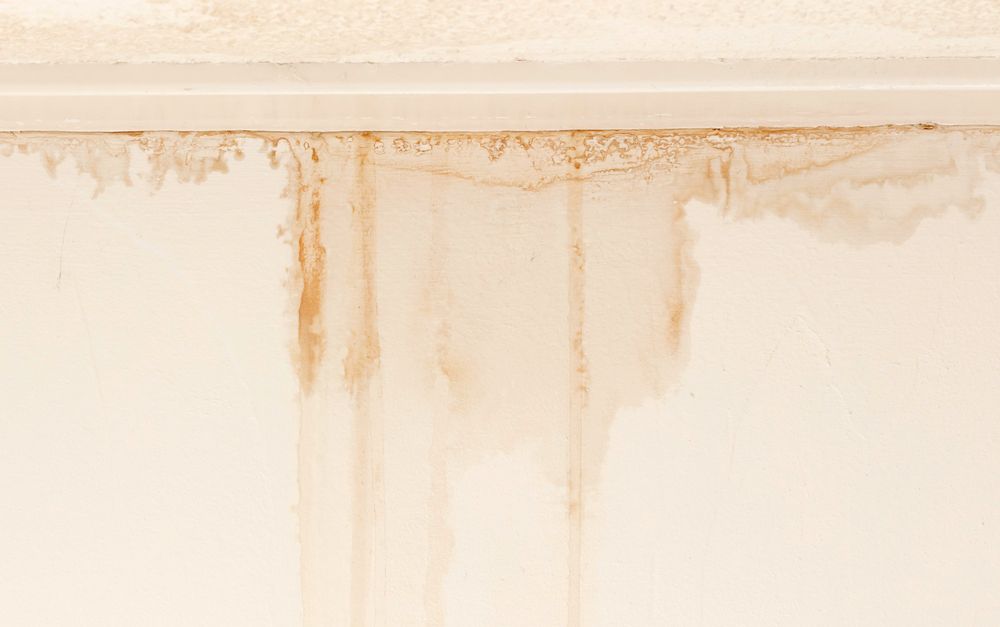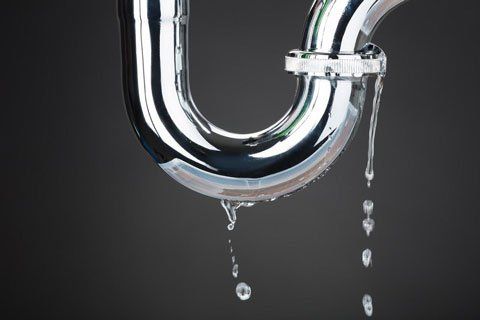Guide To Water Leakage Discovery In Your Home
Guide To Water Leakage Discovery In Your Home
Blog Article
Are you trying to find know-how around Top leak detection hacks?

Early discovery of leaking water lines can minimize a potential catastrophe. Some little water leaks might not be visible.
1. Take A Look At the Water Meter
Examining it is a surefire way that assists you uncover leakages. If it relocates, that shows a fast-moving leakage. This suggests you might have a slow leak that can also be below ground.
2. Examine Water Intake
Analyze your water expenses and track your water consumption. As the one paying it, you ought to notice if there are any type of disparities. If you identify sudden changes, despite your usage coinciding, it means that you have leaks in your plumbing system. Keep in mind, your water expense should fall under the same variety on a monthly basis. An unexpected spike in your bill indicates a fast-moving leak.
On the other hand, a consistent rise every month, despite having the exact same behaviors, reveals you have a slow leakage that's also gradually rising. Call a plumber to completely check your residential or commercial property, especially if you really feel a warm location on your floor with piping below.
3. Do a Food Coloring Test
When it comes to water usage, 30% comes from bathrooms. If the shade somehow infiltrates your dish during that time without flushing, there's a leakage in between the tank as well as dish.
4. Asses Exterior Lines
Don't fail to remember to inspect your outside water lines also. Should water seep out of the connection, you have a loose rubber gasket. One small leakage can lose tons of water and surge your water expense.
5. Analyze the scenario and also inspect
House owners ought to make it a practice to inspect under the sink counters as well as also inside cupboards for any type of bad odor or mold growth. These two red flags indicate a leak so punctual focus is called for. Doing regular assessments, also bi-annually, can save you from a major problem.
Much more importantly, if you know your home is currently old, maintain a watchful eye on your heating units, hose pipes, pipes and so on. Look for discolorations and damaging as a lot of pipes and devices have a life span. They will also normally weaken due to damage. Don't wait for it to rise if you think dripping water lines in your plumbing system. Call an expert plumber right now so you don't wind up with a terrible mess in your house.
Early discovery of dripping water lines can reduce a possible disaster. Some little water leaks might not be noticeable. Checking it is a proven way that assists you uncover leaks. One small leakage can squander bunches of water and surge your water costs.
If you suspect dripping water lines in your plumbing system, do not wait for it to escalate.
WARNING SIGNS OF WATER LEAKAGE BEHIND THE WALL
PERSISTENT MUSTY ODORS
As water slowly drips from a leaky pipe inside the wall, flooring and sheetrock stay damp and develop an odor similar to wet cardboard. It generates a musty smell that can help you find hidden leaks.
MOLD IN UNUSUAL AREAS
Mold usually grows in wet areas like kitchens, baths and laundry rooms. If you spot the stuff on walls or baseboards in other rooms of the house, it’s a good indicator of undetected water leaks.
STAINS THAT GROW
When mold thrives around a leaky pipe, it sometimes takes hold on the inside surface of the affected wall. A growing stain on otherwise clean sheetrock is often your sign of a hidden plumbing problem.
PEELING OR BUBBLING WALLPAPER / PAINT
This clue is easy to miss in rooms that don’t get much use. When you see wallpaper separating along seams or paint bubbling or flaking off the wall, blame sheetrock that stays wet because of an undetected leak.
BUCKLED CEILINGS AND STAINED FLOORS
If ceilings or floors in bathrooms, kitchens or laundry areas develop structural problems, don’t rule out constant damp inside the walls. Wet sheetrock can affect adjacent framing, flooring and ceilings.
https://www.servicemasterbyzaba.com/blog/how-to-detect-water-leakage-in-walls/

I was brought to that editorial on Locating water leaks from a good friend on our other web property. Those who liked our page kindly do not forget to share it. Many thanks for your time. Please stop by our blog back soon.
Report this page